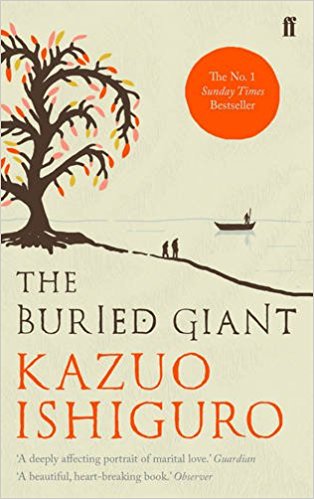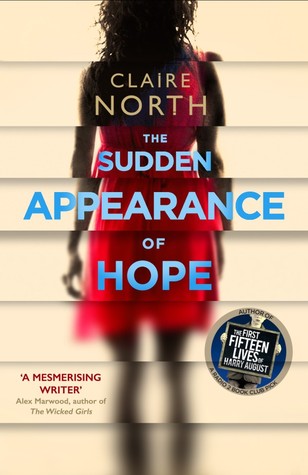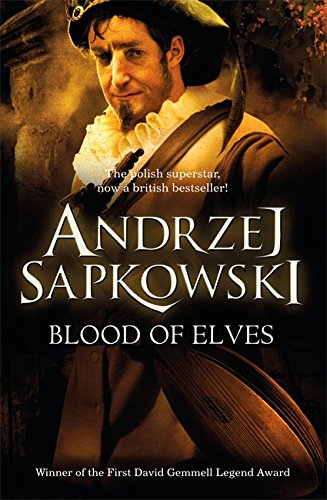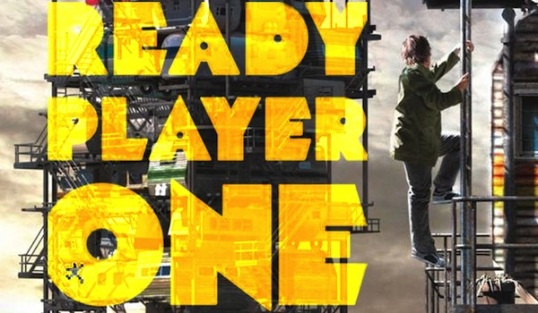This may be one of the most gloriously silly book titles I’ve read all year. It’s almost aggressively geeky and I love it. It’s also perfectly appropriate for this book; the Cosmere is Brandon Sanderson’s fictional universe which unifies almost all of his fantasy novels. Yes, Mistborn and The Stormlight Archive take place on different planets, but those planets are in the same galaxy and a central theology and source of power underpins them both. These connections are getting more and more explicit, but are still fairly minor and easy to miss, for the time being at least. Arcanum Unbounded is a collection of all of Sanderson’s Cosmere short fiction so far. Each section is collected by the planet on which they take place, with a tantalising description of each one, giving us Cosmere geeks some satisfying morsels about each’s larger place in the universe. I’ve already reviewed a fair few of them, so I’ll just link to those.
The Selish System
The planet of Sel is the setting for Sanderson’s debut novel Elantris, but is one we don’t know particularly well, but Sanderson has promised to return to in the future. The first story in the collection, The Hope of Elantris, is a deleted scene of sorts from the main novel, detailing events taking place in an Elantrian children’s home during the climax of the novel. It’s been so long since I read Elantris that this didn’t really do much for me, but it’s a nice enough read all the same.
I reviewed the next story, The Emperor’s Soul, a frankly horrifying four years ago in my first year with this blog. Here’s the review:
https://frivolouswastesoftime.wordpress.com/2012/12/11/the-emperors-soul-by-brandon-sanderson/
The Scadrian Systrem
Scadrial is the setting for the Mistborn series and still arguably Sanderson’s most coherently developed setting. The first story, The Eleventh Metal is a short one which provides a bit of Kelsier’s backstory, showing him fairly new to his Mistborn powers and still training, before he committed to taking down the Lord Ruler. As with The Hope of Elantris, it’s a fun little side story which doesn’t add a huge amount, but it’s always nice to see a little more of Kelsier. Following The Eleventh Metal is Allomancer Jak and the Pits of Eltania which brings the events into the Alloy of Law era. This one is a huge amount of fun and a bit of an experiment. It is presented as a collection of serialised story from the adventurer Allomancer Jak, with droll footnotes from his long suffering Terris footman. We’re told not to trust much of what Jak tells us in his enthusiastic first person prose, but it does give us some interesting hints about the role of the koloss in the current era of Sacdrial. This is a funny, breezy and light piece of writing. A whole novel of this would get old quickly, but you can just tell how much fun Sanderson was having here so it would be nice to see him give this style a go again sometime.
Now, looking back through my archives I appear to have forgotten to review Mistborn: Secret History back when I first read it. To be fair, that makes sense though as almost the entire thing is a massive spoiler. It’s almost impossible to talk about without giving too much away. Suffice it to say that Secret History bridges the gap between the original trilogy and the Wax and Wayne follow ups, as well as providing a significant amount of tantalising hints about the Cosmere and Scadrial’s role within. It’s not just fan wank though, telling a genuinely interesting and entertaining story. One of the things I love about Sanderson is that, even when neck deep in his own lore, he never forgets to keep the prose itself snappy and entertaining. Exposition rarely feels like exposition. It’s a bit amorphous at times and isn’t paced particularly snappily, but it’s nature as an ‘interquel’ of sorts makes that somewhat inevitable. This is one of the most meaty stories of the collection and an absolute must read for any fans of Mistborn or the wider Cosmere.
The Taldian System
Taldain is the setting for White Sand, an odd instalment in the Cosmere canon. Written as one of Sanderson’s earliest books, he was unhappy with it and it remained unpublished. Sanderson’s draft is currently being adapted as a graphic novel, the first instalment of which released this year. I have read it, but I didn’t review it because I don’t really know how to talk about graphic novels the way I do with books and games. Arcanum Unbounded contains the first few pages of the graphic novel (in black and white), as well as an extract from the original draft. The White Sand graphic novel is good and does promise to be important for the Cosmere; it includes the origin story for Khriss, the character who writes most of the Ars Arcanum entries for the Cosmere books, as well as the introduction for the different systems in Arcanum Unbounded. As it stands, this Taldain section is more of a teaser for better stuff to be found elsewhere. There is a worthwhile story being told on Taldain, but it’s worth picking up the first volume of the graphic novel to get it.
The Threnodite System
Threnody is a hugely interesting setting that I hope Sanderson returns to one day. For now, all we have is Shadows for Silence in the Forests of Hell, which I reviewed earlier this year here. It’s very good (the story, not my review):
Shadows for Silence in the Forests of Hell by Brandon Sanderson
The Drominad System
As with the last system, the only story set here is the enjoyable Sixth of Dusk, which I also reviewed earlier this year:
https://frivolouswastesoftime.wordpress.com/2016/02/28/sixth-of-dusk-by-brandon-sanderson/
The Roshar System
Roshar is the setting for The Stormlight Archive and Edgedancer is the only completely new story in the collection and was therefore the main selling point. One of my favourite things about the series are the Interludes, semi regular short stories interspersed throughout the main narrative giving hints of things to come and characters who will play a larger role in later books. The real victory of these is that several function independently as their own short stories, or even novellas. Managing to embed a functional novella into a separate novel without disrupting the flow is something which doesn’t seem possible, but Sanderson pulls it off. One of the most memorable Interludes in Words of Radiance followed Lift, a mysterious and eccentric young woman who has been awakening to her powers as a Radiant in the West of Roshar, an area little seen in the main narrative. Edgedancer is, essentially, a sequel to that Interlude and follows what Lift got up to after she broke into the palace of Azir and accidently rescued it’s Emperor from the mad Herald Nale, who Lift knows as ‘Darkness.’
The real victory of this story, which sees Lift travel to the city of Yeddaw, supposedly in a bid to taste the ten varieties of filled pancake for which the city is famous, is that it doesn’t feel inessential. Side stories and novellas often fall victim to the ‘so what’ problem. If this is so important, then why isn’t it part of the main series? The events of Edgedancer feel relevant to the wider story of The Stormlight Archive regarding the return of the Radiants, the role of the Herald Nale and how Szeth fits into his plans. It’s also, (and this is important) a lot of fun. Fantasy is filled with authors who seem to be tired of writing, or see it as a grand burden, people like Martin, Rothfuss and Lynch. I’m not criticising those authors, they’re all brilliant, but you get the sense that they may have fallen out of love with their own series and the act of writing. Sanderson isn’t like this; you can just tell he loves writing and loved writing this story. His enthusiasm is infectious and helps make up for the fact that his work is never quite as polished as the other authors mentioned above. Lift strikes me as character people will either find endearing or irritating, but for me she falls into the former camp. There’s a genuine sense of tragedy behind the flippant and silly exterior and I’m sure we’ll find out more about her by the time she comes into prominence in the main series. Edgedancer may not be quite worth the price of entry alone, but it is another strong piece in a very strong collection.
Conclusion
The core stories of the collection are The Emperor’s Soul, Mistborn: Secret History, Shadows for Silence in the Forests and Hell, Sixth of Dusk and Edgedancer. The collection is worth it just for these if you haven’t read them. The other stories feel a bit less essential. I wouldn’t recommend touching Secret History or Edgedancer if you’re not familiar with their respective series, but the other three can be read entirely stood alone. Taken together, this is a hell of a collection and a perfect demonstration of Sanderson’s range and talent. As something to hold me over until the third Stormlight book, Arcanum Unbounded will do just fine.
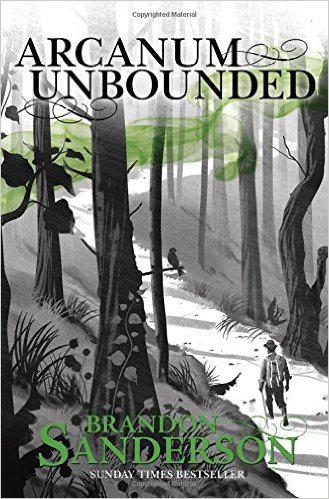
Posted in
Uncategorized and tagged
arcanum unbounded,
books,
brandon sanderson,
cosmere,
edgedancer,
elantris,
fantasy,
lift,
literature,
mistborn,
reading,
secret history,
shadows for silence in the forests of hell,
sixth of dusk,
the emperor's soul,
the stormlight archive |

